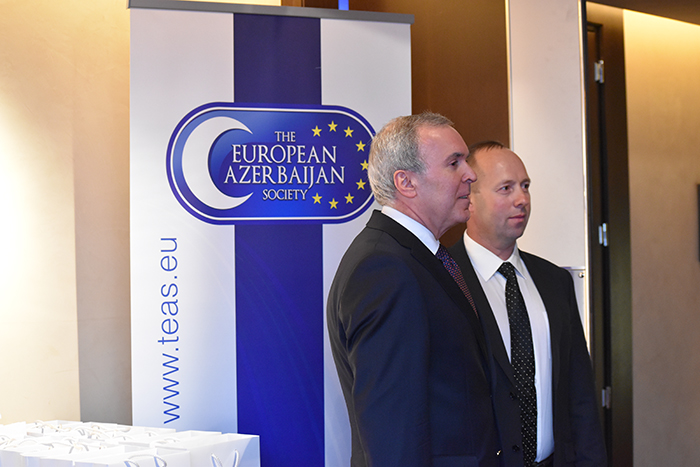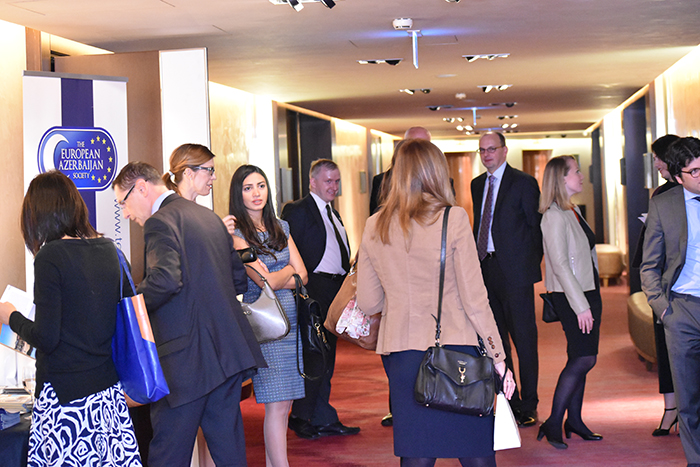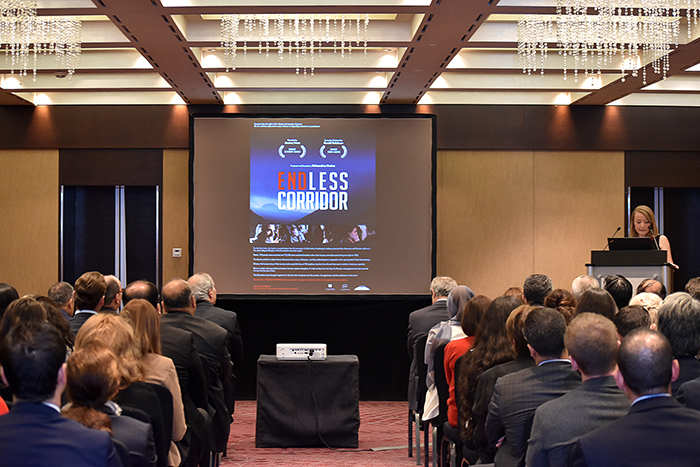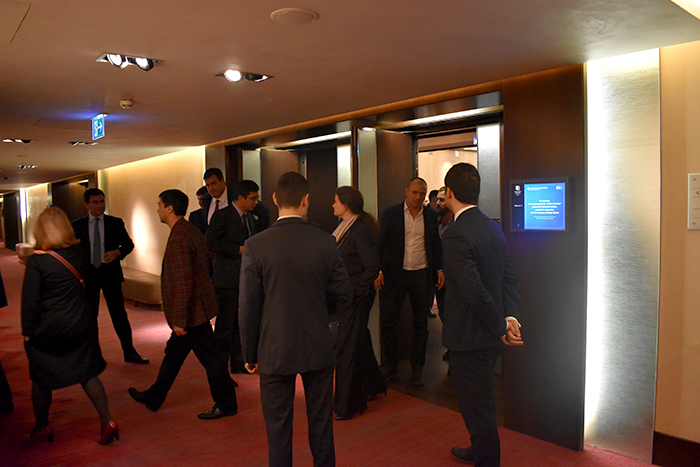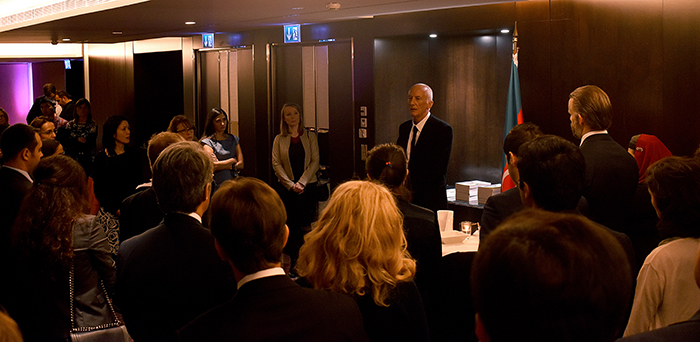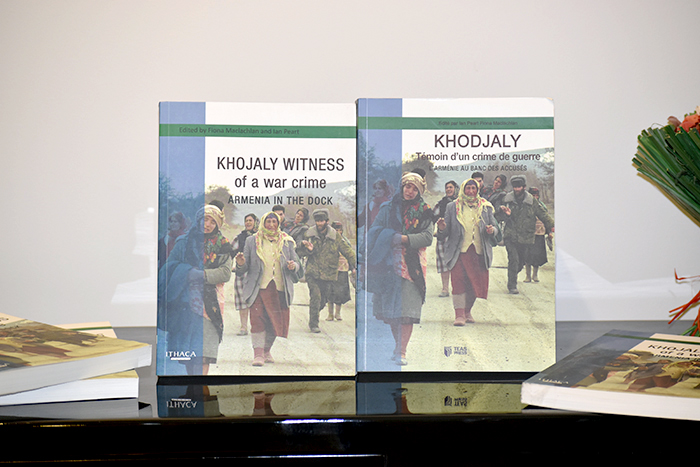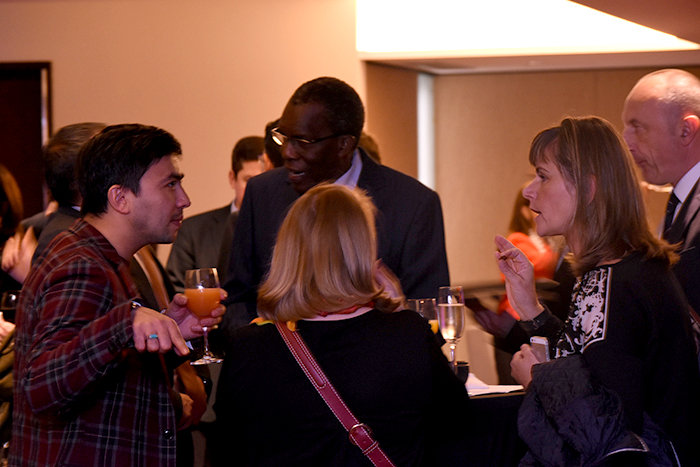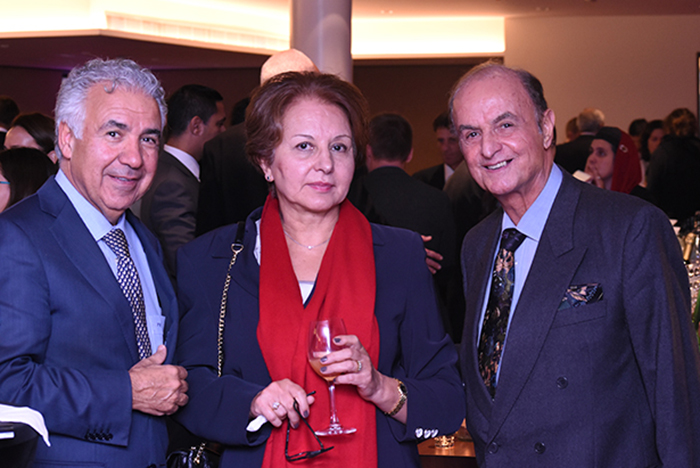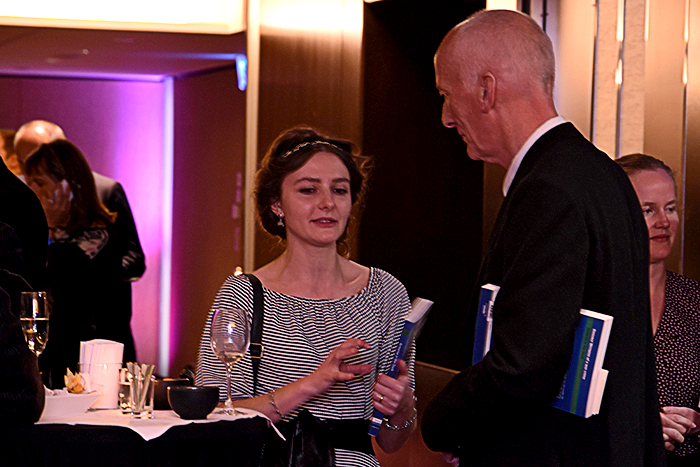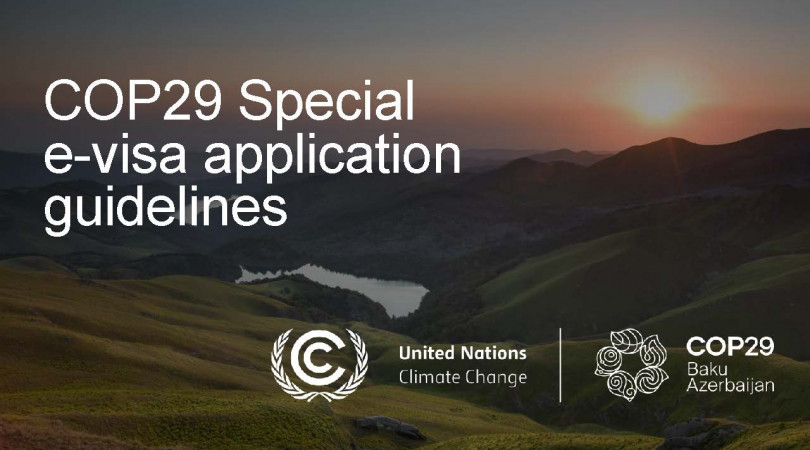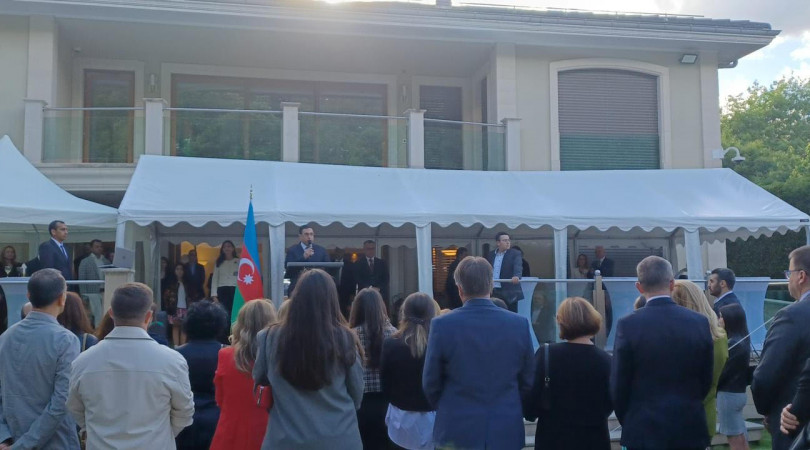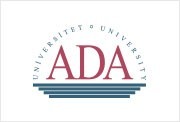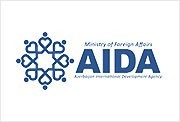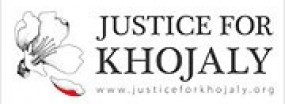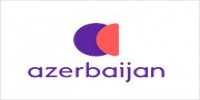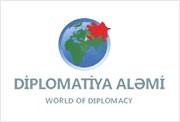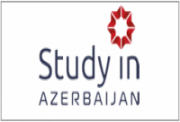Documentary devoted to Khojaly victims "Endless Corridor" screened in Geneva
The worst single atrocity of the ongoing Armenia-Azerbaijan Nagorno-Karabakh conflict – the Khojaly tragedy - was highlighted during a landmark event in Geneva on 13 October 2016. The event attended by 120 diplomats, representatives of NGOs, researchers and members of the Azerbaijani diaspora. This event was jointly organised by the Permanent Mission of the Republic of Azerbaijan to the UN Office and other International Organisations in Geneva and the Paris branch of The European Azerbaijan Society (TEAS). This commemorative event comprised a screening of the award-winning independent documentary Endless Corridor and the Swiss launch of the book Khojaly Witness of a War Crime – Armenia in the Dock, a landmark TEAS Press publication.
Ambassador Vaqif Sadiqov, Permanent Representative of the Republic of Azerbaijan to the UN Office and other International Organisations in Geneva, addressed the opening ceremony: “Endless Corridor is not a conventional type of documentary and does not deal with statistics, but instead touches upon the soul of the people impacted by the war. Every death has a personal story behind it. This film tells the stories of some of those who escaped the Azerbaijani town of Khojaly. In one night, the town was wiped out.” Ambassador V.Sadiqov recalled the visits of international reporters who investigated Khojaly and tried to bring it to the attention of the public. In this regard, he hailed TEAS activities aimed at dissemination of true information about the Armenian aggression against Azerbaijan.
Marie-Laetitia Gourdin, Director, TEAS France, called to remember the Khojaly victims, as well as all victims of past and current wars in order to avoid the future recurrence of similar scenarios, and expressed her hope for the earliest peaceful settlement of the conflict in accordance to the international law.
Lithuanian war reporter Ricardas Lapaitis painfully recalled: “I am the living witness of these terrible events that still haunt me and changed my destiny. At Agdam Mosque, I saw the victims as they were brought in. Many of the dead were without shoes. The head of one dead girl showed signs of burns and bullet wounds. One six-year-old girl had part of her head missing, and there was a deep wound below her waist. Some of the dead displayed signs of torture, including broken teeth, cut fingers and ears. Doctors said they had treated girls aged 13-16 years who had been raped. Many Khojaly victims suffered amputations, or had been shot.
“The Armenians and their accomplices who participated in the Khojaly Massacre were in contravention of the Geneva Convention and the Universal Declaration of Human Rights, the Declaration of the Rights of the Child, Declaration on the Protection of Women and Children in Emergencies and Armed Conflicts and many other articles adopted by the UN General Assembly.” Ricardas Lapaitis said that the perpetrators of these crimes should be judged by a trial at the International Criminal Court.
Ian Peart, who co-edited Khojaly Witness of a War Crime – Armenia in the Dock in collaboration with the late Scottish writer Fiona Maclachlan recalled: “For me, the testimony of Yasemen Hasanova was the most powerful. She was 12 years old at the time. The attacks that had continued for six months took on a different character in February 1992. Yasemen’s father was part of the local defence force that had expected an attack. It soon became clear that survival was only possible if they escaped. Her mother refused to leave without her husband, so Yasemen escaped Khojaly with her uncle. After passing through streams and snow-covered forests, they came to a clearing, and were met by a hail of bullets. Yasemen survived, physically unscathed.
“The body of Yasemen’s father was only found some years later. He is now buried in Martyrs’ Lane, overlooking Baku, as a national hero. The fate of her mother was unclear for some years, and she feared that she had been taken hostage by the Armenians. She then saw some television footage and recognised her mother’s body lying in their garden, near the well. Yasemen said: ‘I never thought any daughter would be glad that her mother was dead. At least, she had not been tortured by the Armenians.’
“Yasemen is now a teacher in a school for Khojaly survivors. When I asked her what she tells her pupils about Khojaly, she replies: ‘I tell them how beautiful Khojaly was’. The book is as objective as possible, and contains reports from foreign media, together with analysis from foreign academics and human rights activists.”
Mr Peart then read the text of UN Security Council resolution 822 – one of the four resolutions stressing the need for immediate Armenian withdrawal from the occupied territories. He concluded: “This demand for the withdrawal of Armenian troops was passed in 1993. I ask those working for the UN who are present tonight – what is the value of a UN Security Council demand?”
The Khojaly Massacre became the largest massacre in the course of the Armenia-Azerbaijan Nagorno-Karabakh conflict. Within one night, Khojaly, one of the oldest settlements in Karabakh with a population of about 7,000 people, was razed to the ground.
613 people were killed, including 63 children, 106 women and 70 old people. Eight families were totally exterminated, 130 children lost one parent and 25 children lost both.

